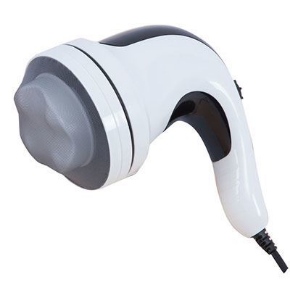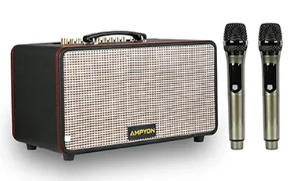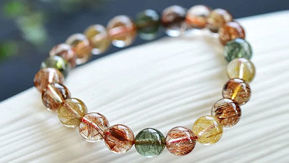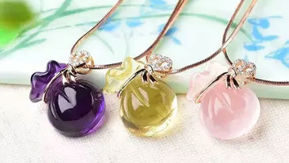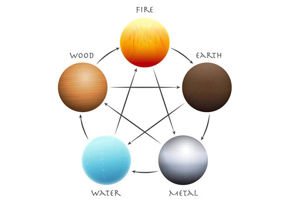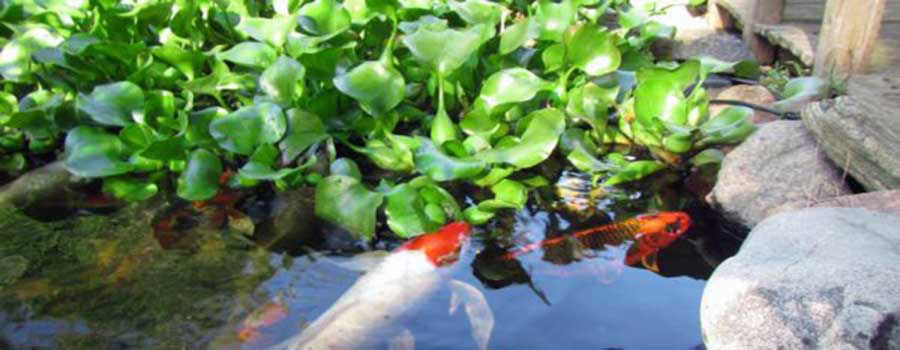
It is obvious that you want your pond to look beautiful, who wouldn’t? Therefore, when selecting your plants, bear in mind that these plants will also add biological life to your koi pond, so be careful in choosing plants. This helps sustain your pond in a natural way. Make suitable climate for the growth of aquatic plants and also provide enough room/space to them.
Koi ponds make attractive garden enhancements, especially on wide areas. There are many benefits to having plants on your koi pond, one of which is the peace and beauty it’ll bring to your garden. Imagine the combination of images of beautiful koi with the sounds of flowering plants, magnificent, right?
In general, there are many suitable plants for koi ponds. Some will float, some will grow in water, and others will serve as oxygenators, a few will take root in the mud on the floor of your pond. Ideal plants for koi pond may be categorized as:
- Submerged Plants/Oxygenators
Oxygenators are basically the plants that help to maintain natural balance within the water. Submerged plants like Cabomba and Anacharis are submerged beneath the surface of the water and provide food for koi as well as give them a good place to spawn. They are planted underwater in the soil or gravel and help to oxygenate your pond. This is achieved during the photosynthesis process – where carbon dioxide is pulled from the water and oxygen is released.
- Flowering Water Lilies
They are the quintessence of any koi pond or water garden. Their roots grow underwater while the flowers and leaves emerge above the surface – lilies are fond of spreading across your pond surface. They help in providing shelter, shade, and aesthetic appeal.
- Floating Plants
Floating plants are beautiful in nature and will provide your koi pond with lovely flowers. They do have roots, ones which don’t need soil to feed them. The root systems that float beneath the surface act like a filtration device. This is why the Water Hyacinth is used as part of the purification process by some sanitation plants. Plants, such as Water Lettuce and Water Hyacinth may also serve as a disguise/camouflage for your koi pond.
- Marginal Plants
Marginal plants usually grow in shallow water; this means they flourish in the shallows of your pond or on planting shelves. Marginal plants like Irises and Cattails do best in wet soil or shallow water around the edge of a Koi pond – they grow up above the water. Water-loving grasses and various sedges will easily establish themselves within any koi pond, but you need to ensure they won’t take over the entire water surface. Marginal plants also help to transition from pond to the surrounding area gradually. Examples of marginal plants include monkey flowers, aquatic irises, water forget-me-nots, water mint, monkey flowers, cattails, water poppies, and many other species. There are numerous choices, so be specific!
- Other Functional Plants
On the other hand, plants that live beneath the water line may be used as they are functionally helpful to the koi pond. They help in fighting against algae and beetles and may even provide food to your koi. They can be found easily at any pet store nearest to you. Amazingly, these plants only need minimal care and maintenance once you put them in the water.
INTRODUCING KOI TO PLANT LIFE
The best way to place water plants into a koi is building a plant shelf. A plant shelf is a container where aquatic plants are suitable for planting. You can choose to build this shelf along the edge of the pond. It is wise for you to weigh down the plants with stones or large rocks so as to form a boundary between the koi and the base of the plants, preventing the risk of the koi feeding on the plants. For pond owners, be aware that predators may use the shelves as an instrument for feeding on your koi, so be smart in your construction.
Another way is to directly place the aquatic plants into the pond itself. This article has already highlighted several options to choose from when deciding on which plants to put in your pond.
THE BENEFITS OF INCLUDING AQUATIC PLANTS IN YOUR KOI POND
The presence of aquatic plants plays a vital role in preventing the spread of algae. Plants shade helps to reduce light penetrating into the pond and hence, limits photosynthesis of algae. By absorbing harmful nitrates, their natural “filtration” system prevents string algae from developing, which initially led to their formation in the first place.
Aquatic plants are viewed as a productive addition to any koi pond. These plants help increase oxygen production in the pond, and also help to maintain a properly aerated pond for koi. By providing shade to the koi, their presence helps keep the water cool. Moreover, submerged plants acts as a delicate surface onto which female koi attach their fertilized eggs around the spring breeding season.
IMPORTANT FOR PLANTING AND KEEPING AN EYE ON YOUR KOI POND PLANTS
- Pruning Tools
This tool provides an extra reach for trimming and sculpting plants for a manicured Koi water pond.
- Planting Baskets
Planting baskets will contain and grapple your plants on submerged shelves. Floating island planters can also be used to create a similar floating arrangement.
- Aquatic Fertilizers
They are used to lush foliage, strengthen roots, and promote blooms in aquatic plants.
- Aquatic Planting Media
It increases the ability of root systems to stay firm and get well developed for the growing season.
Tragically, many aquatic plant species are obtrusive in hot climates therefore, they are considered to be invaders. So, it is advisable to contact you water authorities and local forestry and try to plant whatever is indigenous to your environment.







